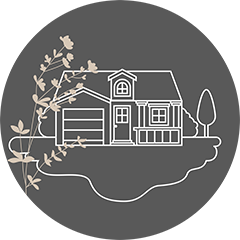Community gardens come in all shapes and sizes, from planted patches to raised beds, from city rooftops to schoolyards. Most community gardeners have a common interest in organic vegetables, but others might be interested in increasing accessibility for fresh fruit and vegetables in their local area or teaching environmental education. Community gardens significantly contribute to bettering the surrounding environment. These gardens are a means through which people of all demographic backgrounds can unite, grow food, and share both nutrition and cultural traditions.
Being a boon for the environment, the community garden will provide a positive space for emotional friendly connections between the community along with beautification of the area and health benefits for all beings. Community gardens can grow vegetables, fruits, herbs, flowers and/or plants. Additionally, individuals can have their plots or people can collectively garden one piece of land.
Here is a small guide in a nutshell to build your own community garden in six simple steps. These steps include creating a vision for the garden and what it will include, getting the community involved, securing a garden site, creating garden rules and a design, putting these ideas into action and beginning to garden. So let’s get started;


































